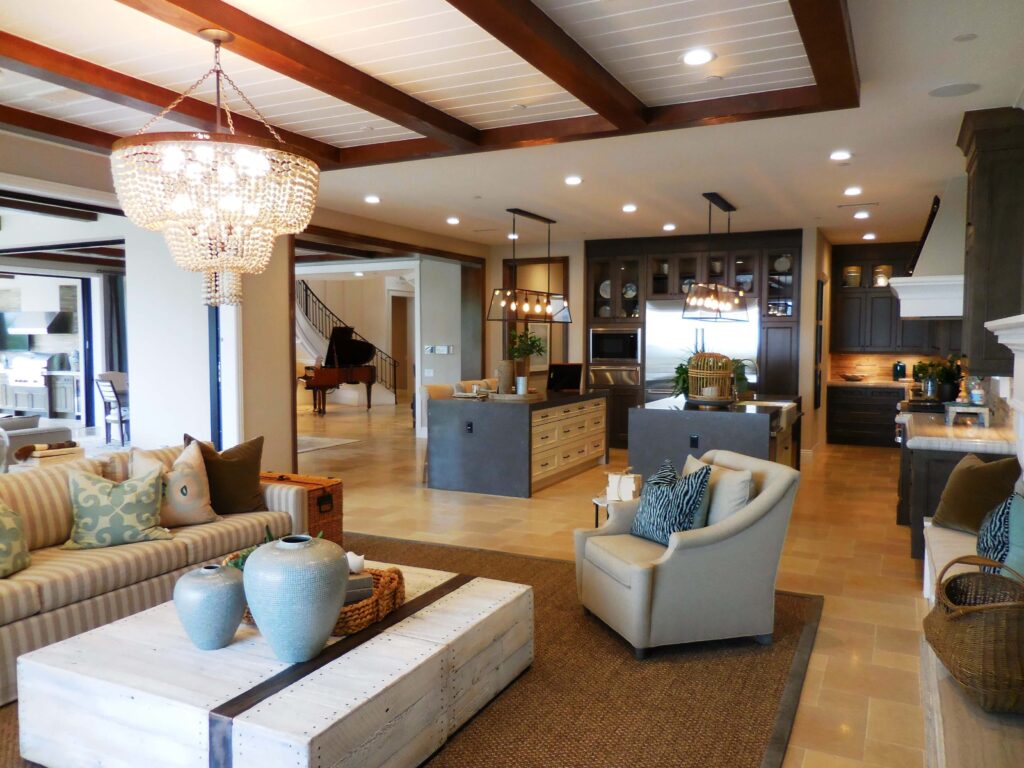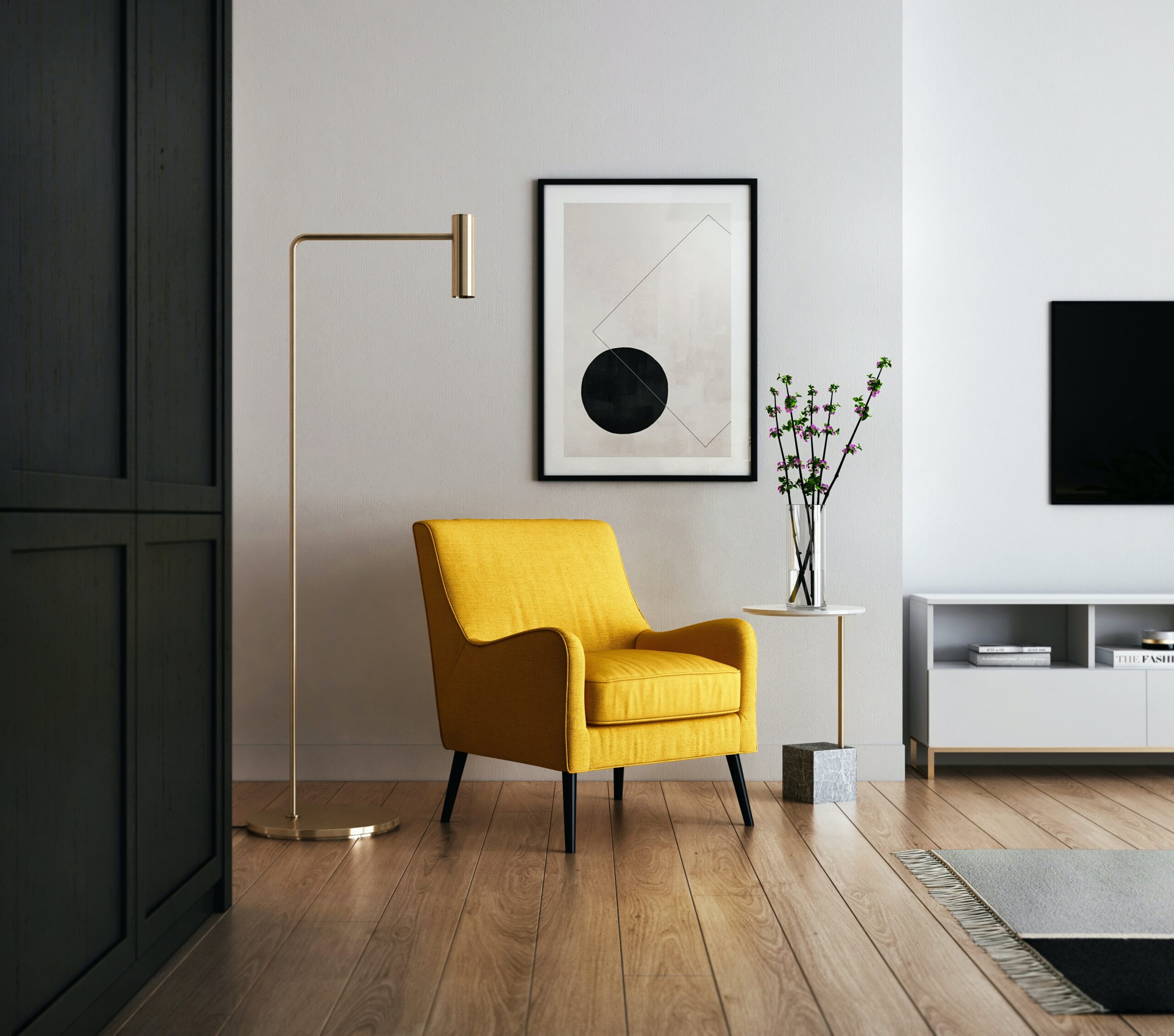Traditional style, in the context of interior design and architecture, refers to a timeless and classic approach that draws inspiration from historical design elements and influences. It is characterized by a sense of order, symmetry, and elegance, often incorporating details and motifs from various historical periods. Traditional style is known for creating warm, inviting, and comfortable spaces that stand the test of time. Here are some key features of traditional style:
- Timeless Elegance:
- Traditional interiors exude a sense of timeless elegance and sophistication. The design elements are classic and enduring, avoiding trends that may become outdated.
- Symmetry:
- Symmetry plays a significant role in traditional design. Balanced arrangements of furniture, paired accessories, and evenly distributed architectural elements contribute to a sense of order and formality.
- Rich Materials:
- Traditional spaces often feature the use of rich, high-quality materials such as wood, marble, and polished metals. These materials contribute to the overall sense of luxury and refinement.
- Classic Furniture Silhouettes:
- Furniture in traditional style typically features classic silhouettes with ornate detailing. Wingback chairs, camelback sofas, and pieces with claw feet are common in traditional interiors.
- Antique and Reproduction Furniture:
- Antique furniture or high-quality reproductions are often used to enhance the traditional aesthetic. These pieces add character and a sense of history to the space.
- Formal and Layered Window Treatments:
- Traditional style often incorporates formal window treatments, such as draperies with valances or cornices. Layered window coverings, including sheers and heavier curtains, are common.
- Molding and Millwork:
- Architectural details, including crown molding, wainscoting, and chair rails, are prevalent in traditional design. These details contribute to the overall sense of craftsmanship and attention to detail.
- Warm Color Palettes:
- Traditional interiors typically feature warm and muted color palettes. Earthy tones such as beige, cream, brown, and deep reds are common. Bold accent colors may be introduced through accessories or textiles.
- Patterned Fabrics:
- Traditional style often incorporates patterned fabrics, including floral, damask, and toile. These patterns are used on upholstery, draperies, and throw pillows, adding visual interest to the space.
- Classic Artwork and Accessories:
- Traditional interiors may showcase classic artwork, such as oil paintings or portraits, and a curated selection of accessories. Decorative items such as porcelain vases, brass candlesticks, and figurines are common.
- Layered Rugs:
- Layering rugs, especially Oriental or Persian rugs, is a characteristic feature of traditional style. The rugs add warmth and visual interest to the flooring.
- Formal Lighting:
- Traditional lighting fixtures often have a formal and ornate design. Chandeliers, wall sconces, and table lamps with intricate detailing are commonly used.
While traditional style has a strong connection to historical design, it allows for personalization and interpretation. Some variations within traditional style include Georgian, Federal, Victorian, and Colonial, each drawing inspiration from different historical periods and regions.

